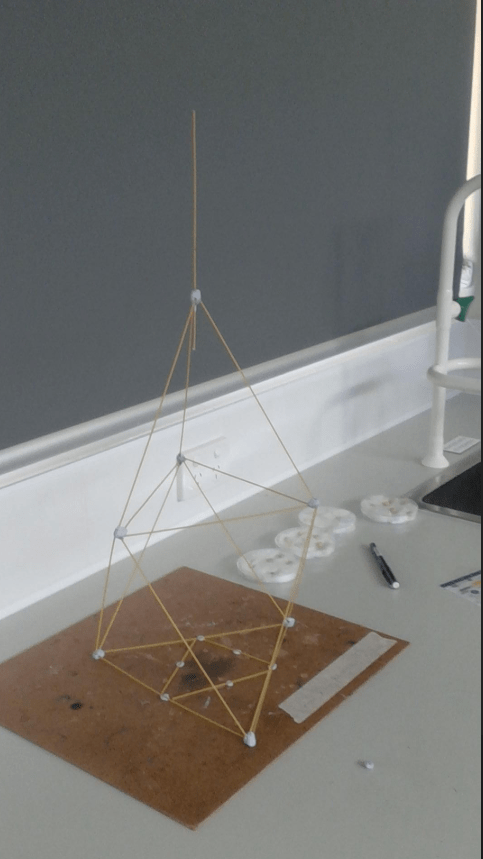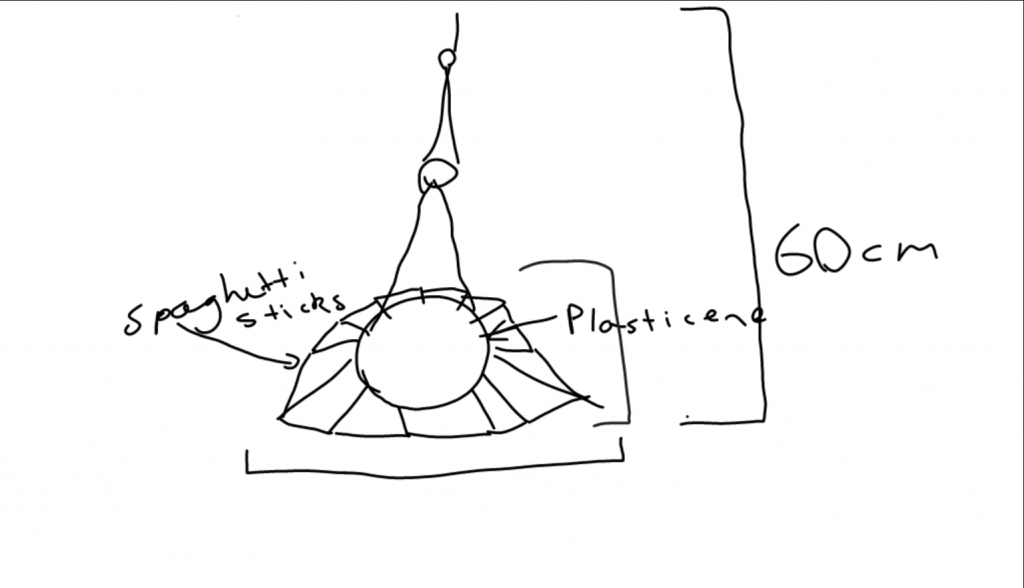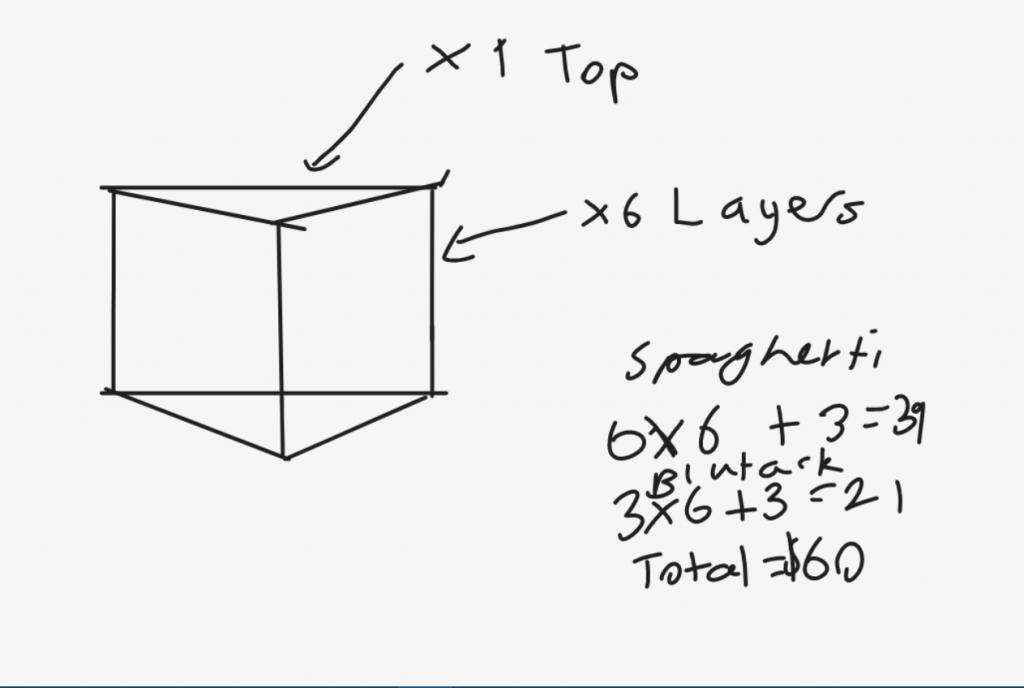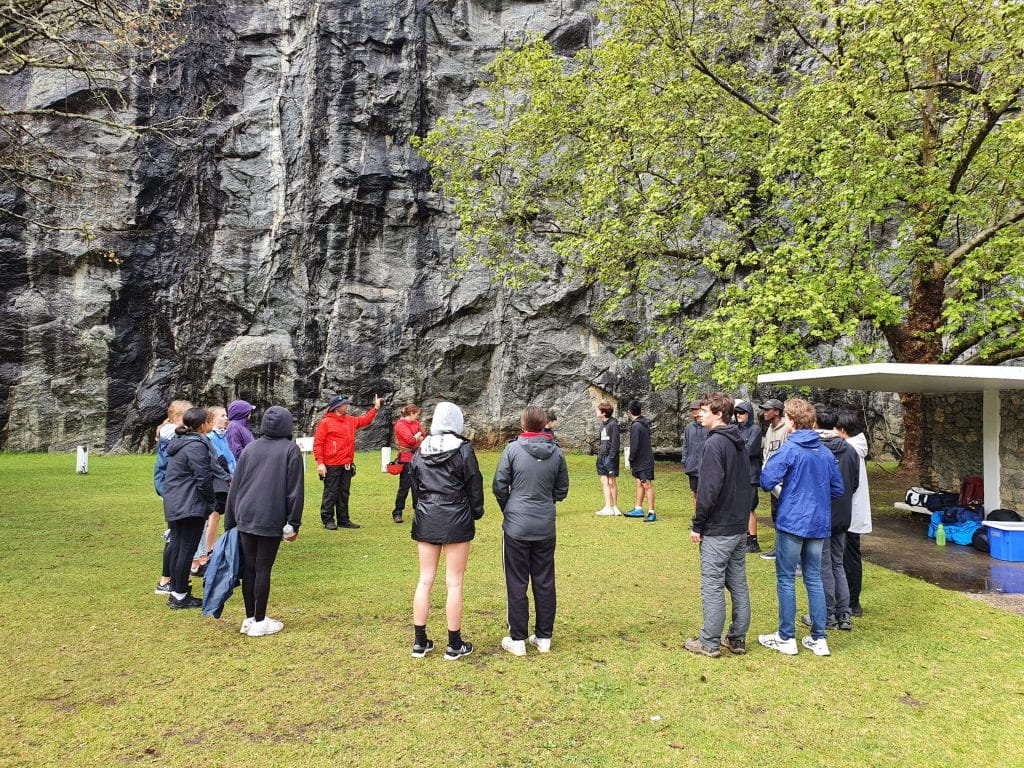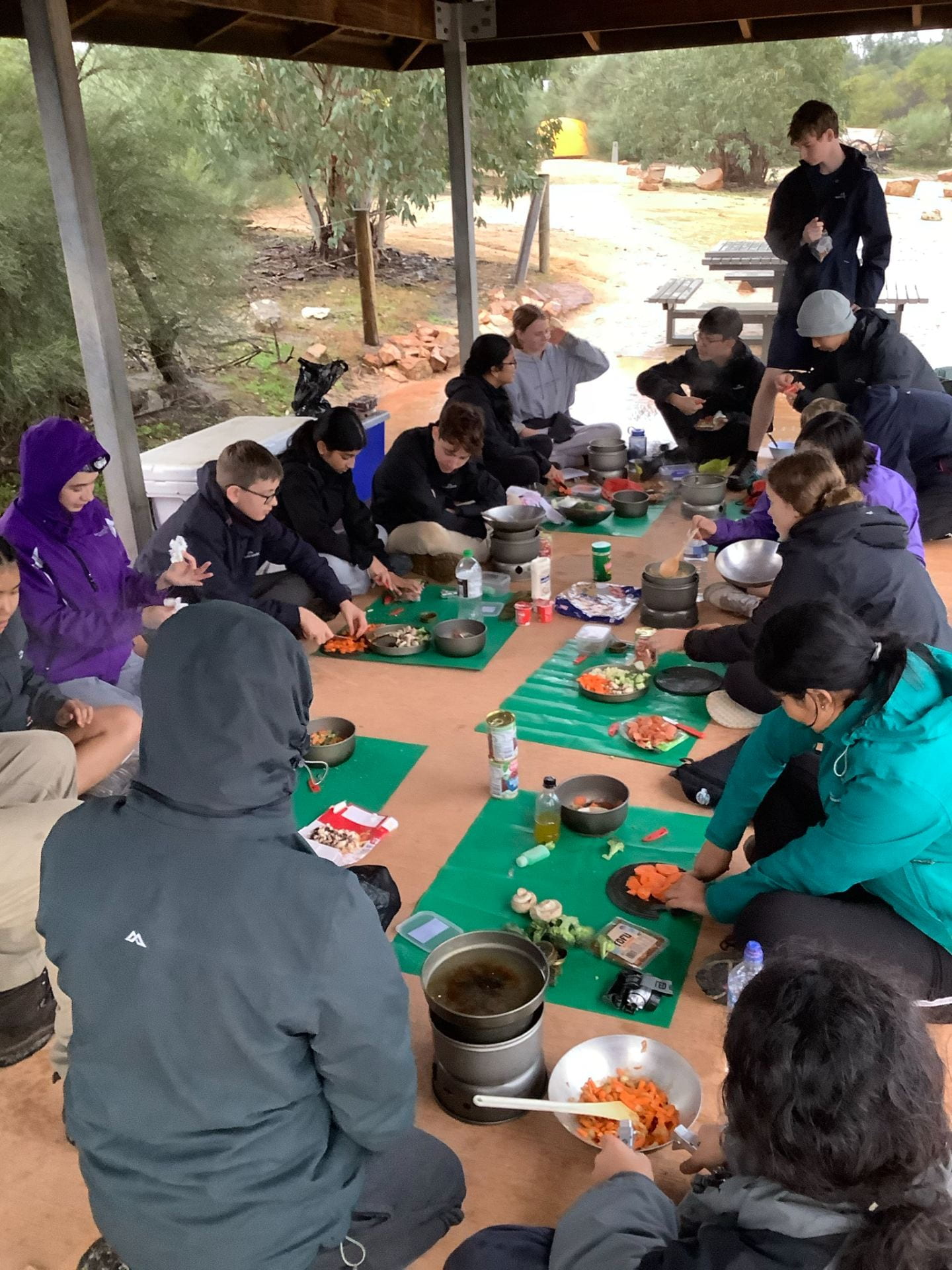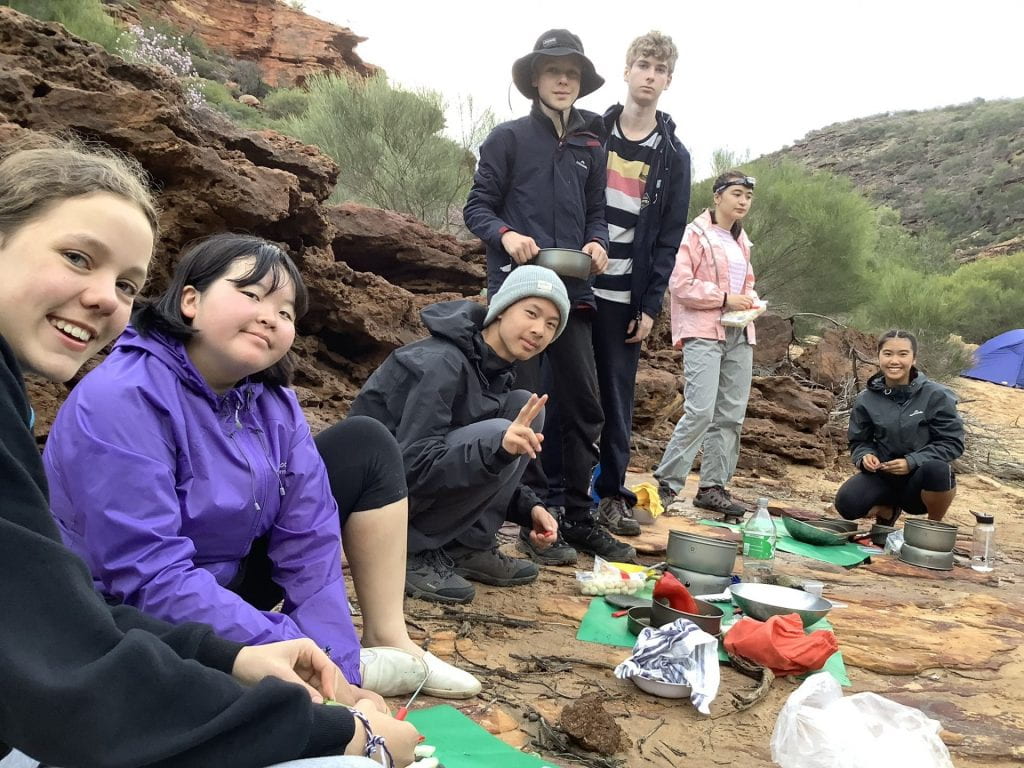
What were the biggest things you learnt while completing this task?
The fact that majority of driving deaths are not just caused singularly by drink driving, or drug taking, but instead by other minor factors of influence such as fatigue, which is unexpectedly a sizeable portion of driving deaths that occur annually.
What is one piece of advice you would pass on to young drivers above all else? Why?
Be responsible and cautious, even in the most safe circumstances or conditions, because you never know what might happen, and how significantly the result of not doing so, would impact you.
Write down a pledge that you will commit to when you start driving. Why did you pick these things to commit to? How will you stick to these commitments?
- I will try my utmost to be a cautious and responsible driver
- I will never make decisions that put other drivers or passengers in danger
- I will always abide by road rules
I pledged to commit to these specific statements as they are the most relevant and important commitments that may impact a person negatively if not considered.
Road Safety Issue
Why is it an issue for young people?
(Statistics – age, gender, rural or metro, trends, government focus…)
People, and particularly youths typically don’t think of the minimal contributing factors that can cause deaths on our roads, and so it is important that this is brought to their attention even if in small ways, such as this poster
Sources of Information
Why is this source reliable for young drivers to refer to?
Statistics have been researched and sourced from reliable government websites.
Aim of the Campaign
What results do you want to achieve?
(A reduction in road fatalities and injuries due to…)
To simply bring awareness to the topic and how fatigue kills people, when all that needed to be done to prevent these deaths, is to rest, or take breaks while driving.
Key Information
What information does the target group need to know?
(Statistics, effects on the body, ways to stay safer…)
The fact that this certain factor of influence (being fatigue) can and will lead to deaths. The overconfident youthful drivers seem to misconceive the fact that all that needs to be done, is to have some rest, to avoid deaths.
The Safety Message or Slogan of the Campaign
What is it? Why is this message going to suit young people?
We simply decided to add a piece of statistics in bold, beneath the image of the cars crashing to make sure that that is the very first thing that is seen by the readers or target audience. It suits our target audience as it is a simple and clear way to convey the clarity of the fact that fatigue kills, with statistics that have been sourced from a reliable government website.
Medium to be Used
What is the best way to deliver the message?
(Pamphlet, poster, newspaper or television advertisement targeted at high viewing times, mail out….
Generally a television advertisement is a more advisable and persuasive way of conveying our message as nowadays younger people refer to technology rather than physical pieces of evidence used to speak their message, such as posters or newspapers, etc.
Communication Approach
How will the campaign be presented to engage young people?
(Humour, realistic, portrayal, consequences, role models…)
In a simplistic, clear, and conventional method, that allows youths to comprehend how fatigue kills without creating boredom for our audience, and still conveying our message.





